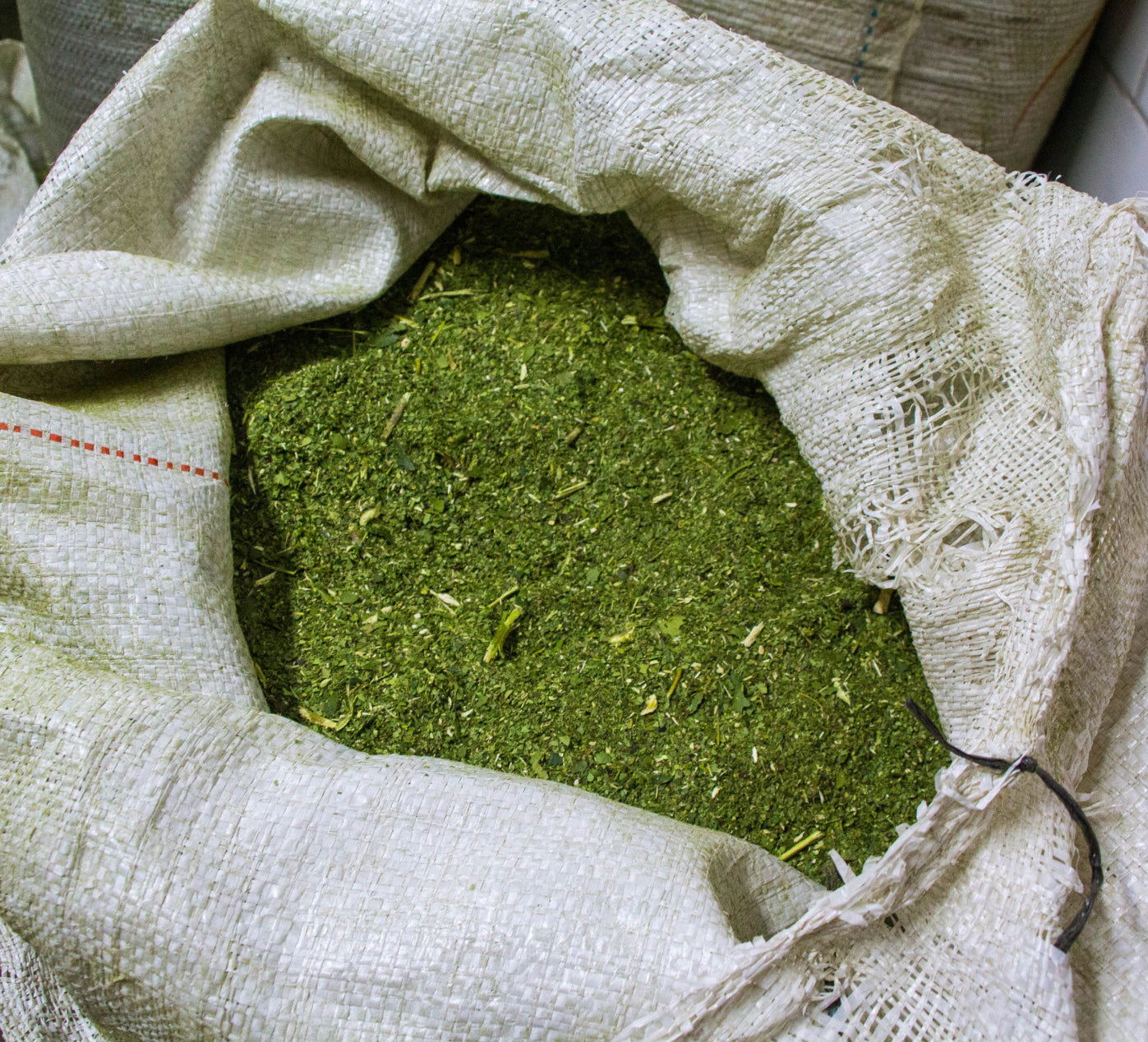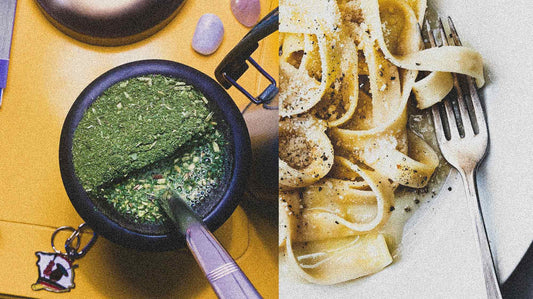
Yerba Mate 101
Getting started with yerba mate is simple. Grab yourself a handful of mate, add the herb into a frenchpress, teapot or traditional mate gourd, then add hot water (or make it cold), wait a few minutes, then enjoy! That’s all you need to start drinking yerba mate, especially if you’re a beginner. Now, if you want to lean a lot more than that, and go deep into the beautiful and intricate world of mate, then stick around and read on…

Overview
What is yerba mate? Pronounced yer-BAH mah-TAY, yerba mate is a holly shrub native to the Eastern Forests of Paraguay, commercially grown in Argentina, Southern Brazil and Paraguay.
Think of mate as the coffee of the Southern Cone region of South America. Consumed for thousands of years by the Guaraní Tribe of Paraná and Tupi People, yerba mate is still consumed by millions of people around the world every day. Delve deep into the history of yerba mate here. Appreciated for its ability to energize the body and mind, yerba mate is growing popular as a natural and safe alternative to coffee and energy drinks. Like green tea, mate has a wide of range of health benefits. However, what sets mate apart from green tea, is the prominent soothing and calming effects that mate drinkers usually experience right away. The mind sharpens. Focus and concentration are enhanced. And a palpable sensation of euphoria ensures. This is what makes mate remarkable.
Enjoy yerba mate the traditional way, with a gourd and bombilla
Step 1
Fill your gourd 3/4s full of yerba 2. Create a 45º slide and insert the bombilla opposing the yerba.
Step 2
Add room temp water in void and let sit for 30 seconds.
Step 3
Then add water not exceeding 175ºF/79ºC to waterhole and enjoy your mate until infusion becomes tasteless. Repeat.
preparing yerba mate the modern way

preparing yerba mate the conventional way



Health Benefits of Yerba Mate
Yerba mate, like no other caffeinated tea, slowly and sustainably releasing energy without any crashing or jittery effects. With high antioxidant capacity, mood enhancing abilities and beneficial cardiovascular effects, yerba mate is a powerhouse of health.
Shop all


